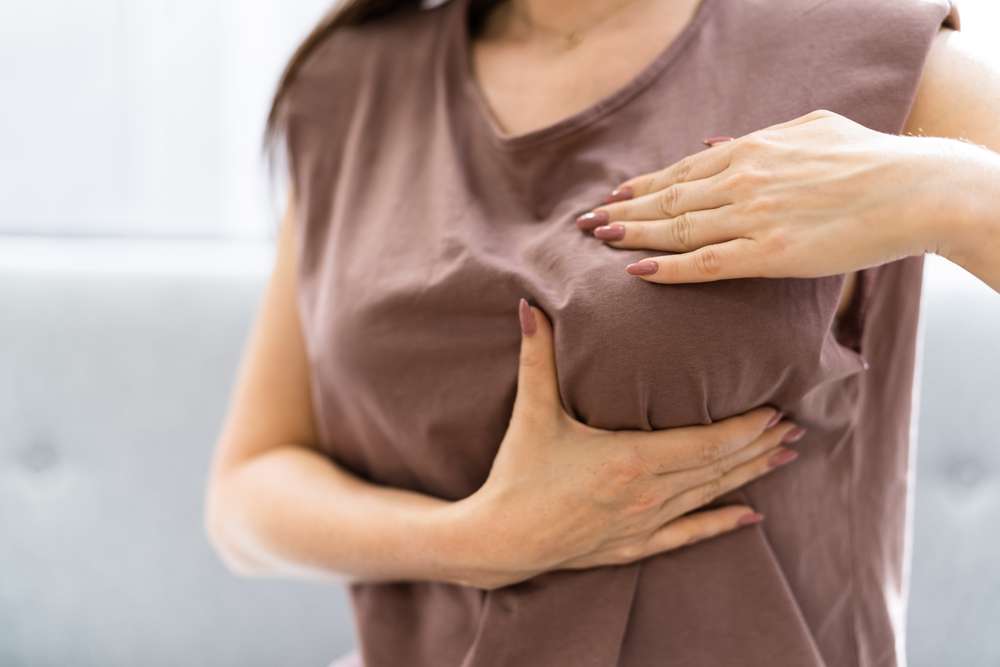Early Signs of Breast Cancer: What You Need to Know Before It’s Too Late
Breast cancer is one of the most common types of cancer affecting women around the world. While it can develop silently, there are often early warning signs that, if recognized in time, can make a major difference in treatment outcomes. Understanding these early symptoms and knowing when to take action is essential.

What are the first signs of breast cancer to watch for?
Recognizing the first symptoms of breast cancer is crucial for early detection. Some common early signs include:
-
A new lump or thickening in the breast or underarm area
-
Changes in breast size, shape, or appearance
-
Dimpling, puckering, or redness of the breast skin
-
Nipple changes, such as inversion or discharge
-
Persistent pain in any area of the breast
It’s important to note that these symptoms don’t necessarily indicate cancer, but they should prompt a visit to your healthcare provider for further evaluation.
How can you perform a breast self-exam effectively?
Regular breast self-exams are an essential part of early detection. To perform an effective self-exam:
-
Visually inspect your breasts in front of a mirror, looking for any changes in size, shape, or skin texture
-
Feel your breasts while lying down, using the pads of your fingers to check for lumps or abnormalities
-
Check your entire breast area, including the nipples and armpits
-
Repeat the process while standing or in the shower
Perform these self-exams monthly, preferably a few days after your menstrual period ends when breast tissue is less swollen.
When should you seek medical help for breast concerns?
If you notice any unusual changes in your breasts, it’s crucial to seek medical help promptly. Schedule an appointment with your healthcare provider if you experience:
-
Any new or persistent lumps or thickening in the breast or underarm area
-
Unexplained changes in breast size, shape, or appearance
-
Nipple discharge (especially if it’s bloody) or inversion
-
Persistent breast pain or discomfort
-
Any skin changes on the breast, such as redness, dimpling, or puckering
Remember, early detection is key to successful treatment, so don’t hesitate to consult a medical professional if you have concerns.
Why are regular mammograms and clinical breast exams important?
Regular screenings play a vital role in detecting breast cancer early, even before symptoms appear. Mammograms and clinical breast exams are two essential screening tools:
-
Mammograms: These X-ray images of the breast can detect tumors that are too small to feel. The American Cancer Society recommends annual mammograms for women aged 45-54, with the option to switch to every two years after 55.
-
Clinical breast exams: During these exams, a healthcare provider checks for any abnormalities in your breasts. They are typically performed during annual check-ups or gynecological visits.
These screenings can detect cancer in its earliest stages when it’s most treatable, significantly improving outcomes and survival rates.
What unique facts should you know about breast cancer in the United States?
In the United States, breast cancer awareness and treatment have made significant strides:
-
Breast cancer death rates have decreased by 40% from 1989 to 2017, thanks to improved screening and treatment options.
-
The five-year relative survival rate for breast cancer detected early is 99%.
-
About 1 in 8 women in the U.S. will develop invasive breast cancer during their lifetime.
-
Men can also develop breast cancer, although it’s rare, accounting for about 1% of all cases.
-
Genetic testing for BRCA1 and BRCA2 mutations has become more accessible, helping identify those at higher risk.
What support and resources are available for breast cancer patients?
For those diagnosed with breast cancer, numerous support systems and resources are available:
| Organization | Services Offered | Key Features |
|---|---|---|
| American Cancer Society | Information, support, and resources | 24/7 helpline, local support groups, transportation assistance |
| Susan G. Komen | Education, research funding, and support | Treatment assistance, clinical trial information, community health programs |
| National Breast Cancer Foundation | Early detection education and support services | Free mammograms for underserved women, patient navigation programs |
| Breast Cancer Research Foundation | Research funding and awareness | Cutting-edge research grants, global collaborative initiatives |
These organizations provide valuable information, support services, and resources for patients, survivors, and their families. They offer everything from educational materials and support groups to financial assistance and research funding.
In conclusion, understanding the early signs of breast cancer and taking proactive steps towards regular screenings and self-exams are crucial for early detection and successful treatment. By staying informed, vigilant, and seeking prompt medical attention when needed, you can significantly improve your chances of detecting breast cancer early and accessing the most effective treatment options available.
This article is for informational purposes only and should not be considered medical advice. Please consult a qualified healthcare professional for personalized guidance and treatment.




